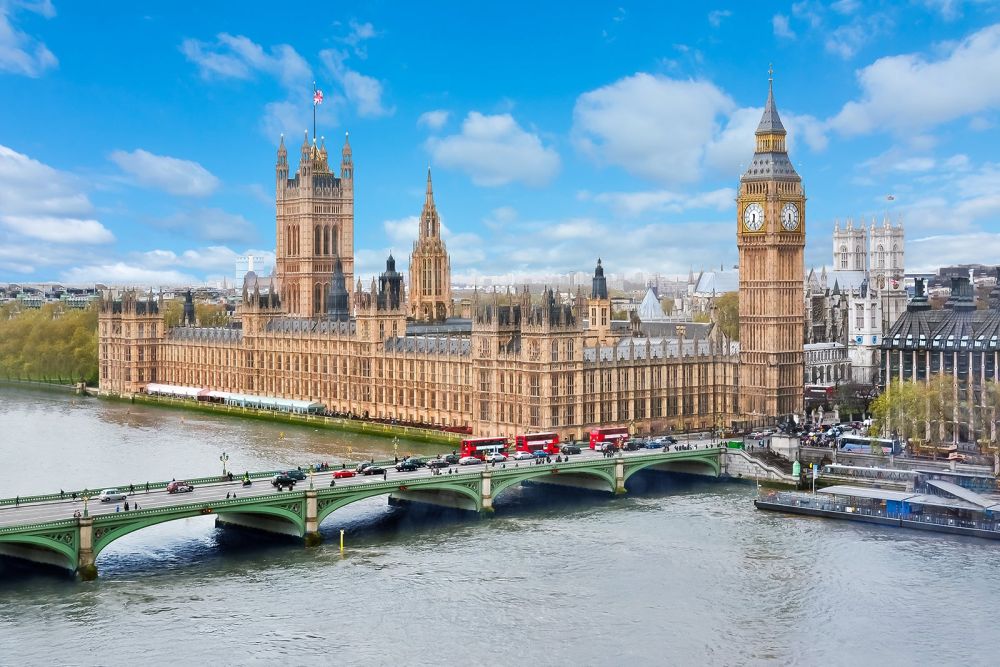

The Houses of Parliament, also known as the Palace of Westminster, is a venerable symbol of British democracy and heritage. Standing proudly on the banks of the River Thames, it has been the seat of the UK's two parliamentary houses since the 13th century. It is a quintessential emblem of London, attracting visitors from around the globe.
Tourism at the Houses of Parliament began to develop significantly in the 19th century. Following the devastating fire of 1834, which largely destroyed the medieval palace, the complex was rebuilt in the Victorian era in a neo-Gothic style designed by architect Sir Charles Barry and his assistant Augustus Pugin. The new design included the iconic clock tower, which houses the world-renowned bell, Big Ben.
The Palace of Westminster was designated a UNESCO World Heritage site in 1987, cementing its status as a must-visit destination. While historically, visitors could merely admire the exterior and the sound of Big Ben, over time guided tours were permitted, allowing the public to witness the inner workings of the UK's political epicenter, including the House of Commons and House of Lords.
Tour options have varied over the years, with the UK residents being offered free guided tours on sitting days while paid tours are available to non-residents during summer recess. The Elizabeth Tower, which houses Big Ben, has also been open to UK residents for tours, though it is currently undergoing refurbishment and is closed to the public until the works are complete.
Visitors can also attend debates and committee hearings, experiencing the live political process. The popular afternoon tea inside the Houses of Parliament has become a unique cultural experience, blending culinary indulgence with architectural splendor.
In response to global digitalization and the effects of the COVID-19 pandemic, virtual tours have recently become available, offering a new way for people worldwide to explore this historic site. Such innovations have made the Houses of Parliament more accessible than ever before. The recent emphasis on sustainable tourism has also seen measures being implemented to reduce the ecological impact of tourism on this historic site.
Finally, there's been a drive to highlight the importance of the Houses of Parliament in the context of broader British history. From special exhibitions and educational programs connecting past legislation to contemporary issues, to campaigns showcasing lesser-known narratives within its walls, like the Suffragettes' protests, the focus is on storytelling to enrich visitors' experiences.
The Houses of Parliament and Big Ben remain a top attraction in London, embodying not only the essence of historical significance but also the adaptability and resilience of British tourism. As renovations continue and the world changes, these iconic structures adapt, offering new and returning visitors alike a chance to witness British history in the heart of London.